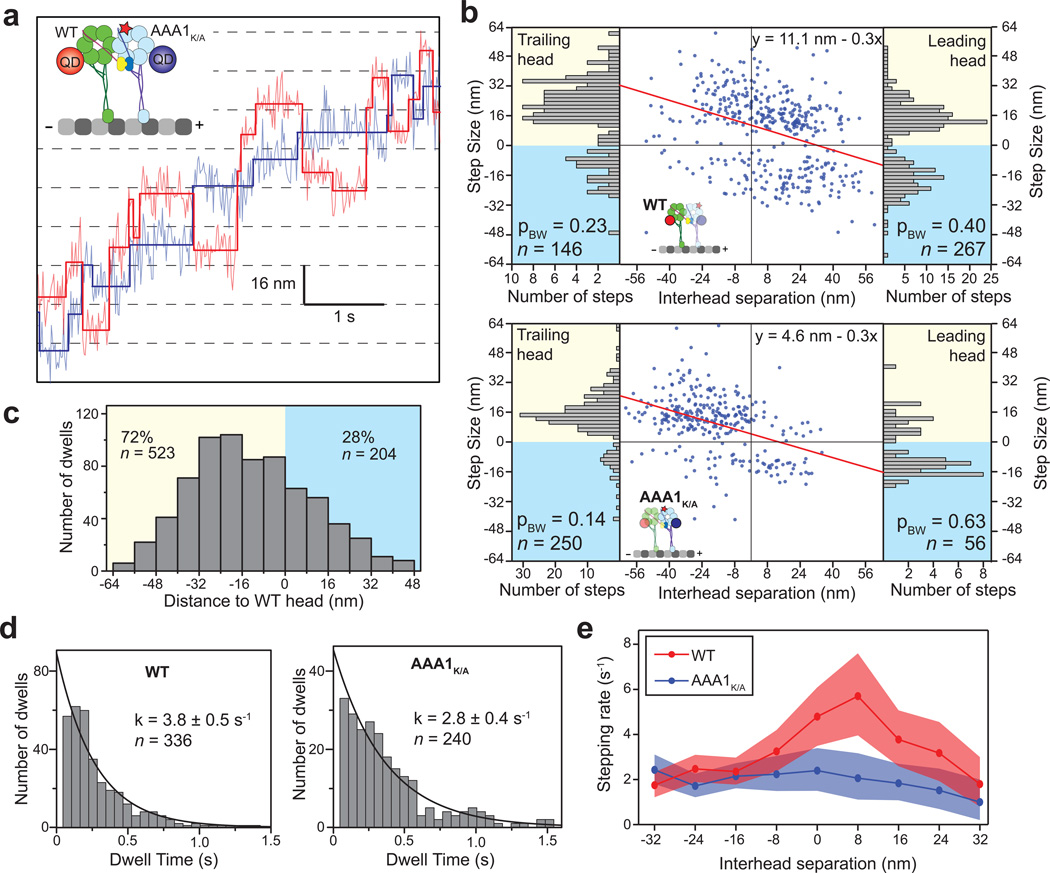Figure 5. Tension gating of a dynein head is observed at high interhead separations in a motile dimer.
(a) A representative trace showing simultaneous tracking of AAA1K/A/WT stepping properties with two colors of quantum dots at saturating (1 mM) ATP. (b) The scatter plots represent the step sizes of WT (top) and AAA1K/A (bottom) heads as a function of interhead separation. Interhead separation is positive when the stepping head is in the lead. Slope and y intercept of the linear fit (red line) reveal the change in step size per nm extension between the heads and the net bias to move towards the minus-end, respectively. Both heads take smaller steps when they release the MT in the leading position, similar to native dynein. The AAA1K/A head takes mostly backward steps when stepping from the leading position (probability of backward stepping, pBW = 0.63) (c) The AAA1K/A head remains in the trailing position 72% of the time. Distance to the WT head is positive when the AAA1K/A head is in the lead. (d) Histogram of the dwell time between steps of the WT (left) or AAA1K/A (right) head, independent of the action of the other head, with exponential fit (± 95% CI). (e) Stepping rates of the WT and AAA1K/A heads as a function of interhead separation (shaded region is the 95% CI). The WT head steps more frequently when it is positioned close to the AAA1K/A head, and is otherwise as a similar rate to the AAA1K/A head, indicating that the WT head is gated at high interhead separations.

